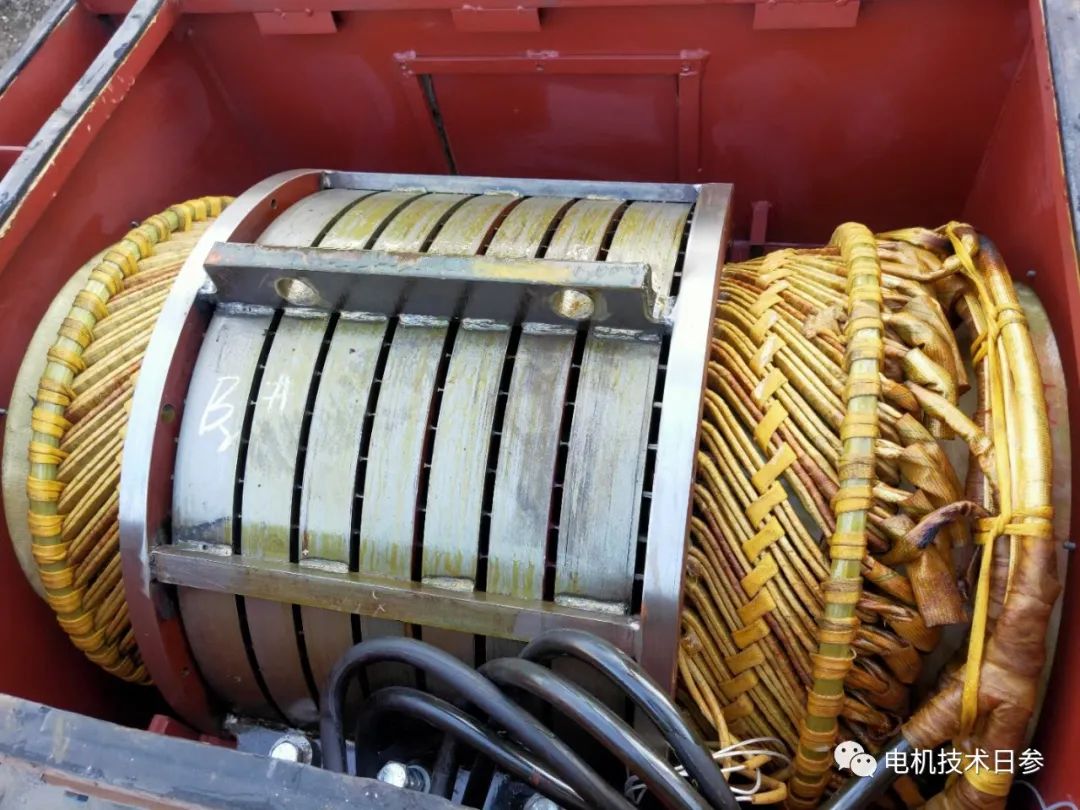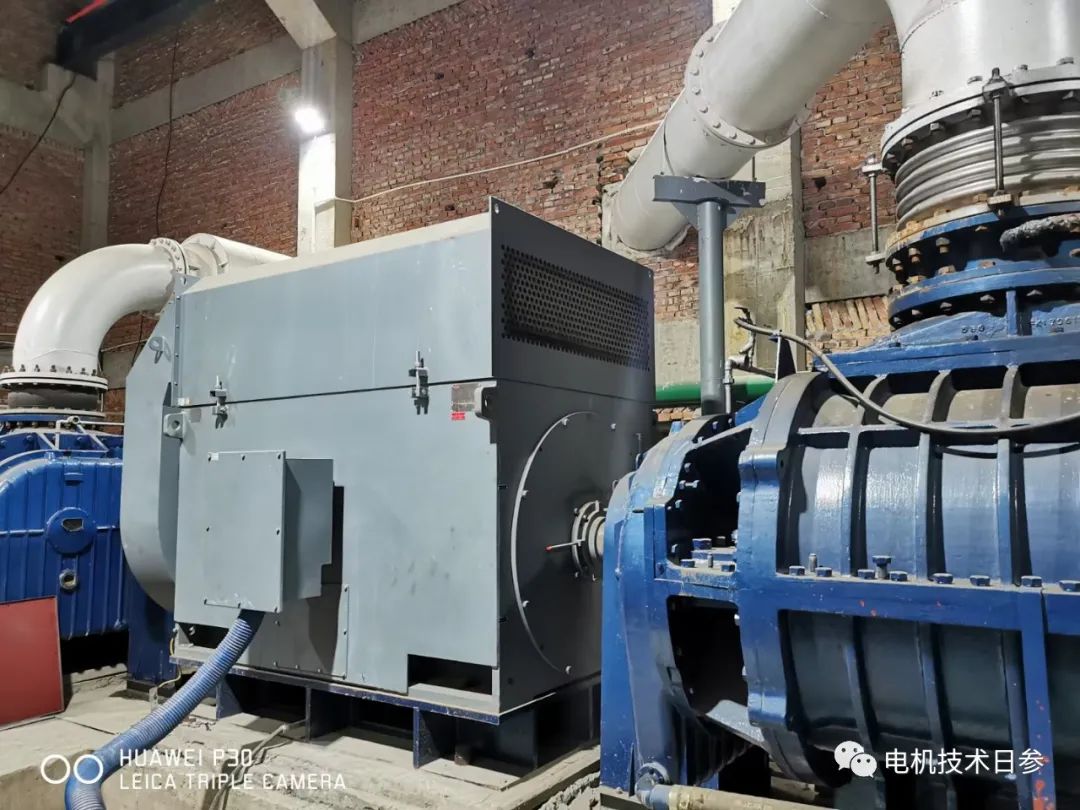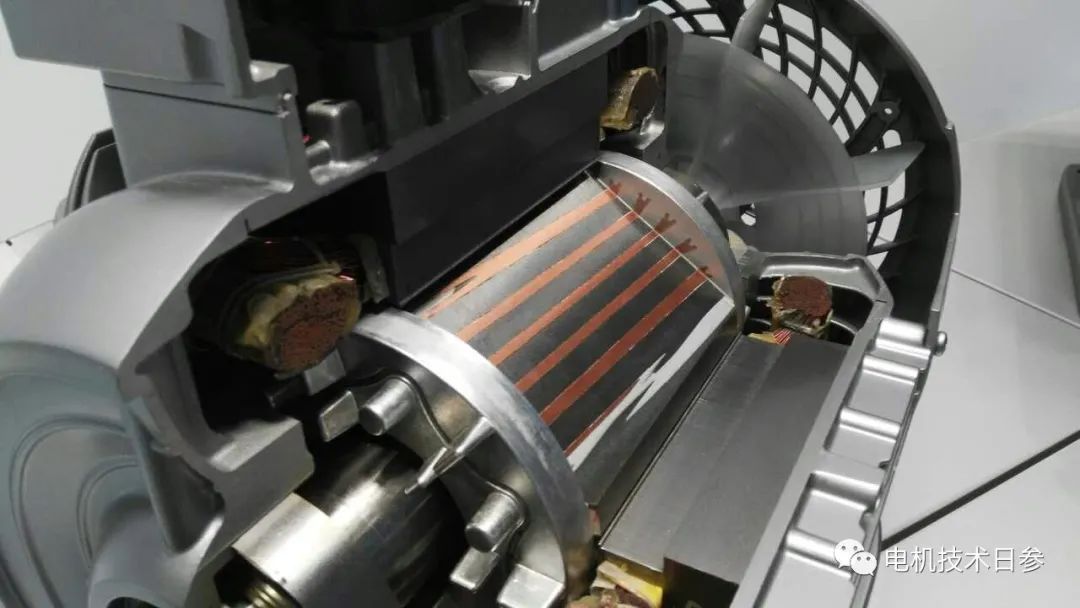The direction of rotation is one of the important quality properties of motor products. If the customer has no special requirements, the motor manufacturer will manufacture it in a clockwise direction, that is, after wiring according to the phase sequence marked on the motor, the motor should rotate in a clockwise direction from the extension end of the main shaft. , special circumstances should be specified when ordering.
In order to ensure the rotation direction of the motor, most motor manufacturers will carry out necessary process regulations in the wiring link of the motor stator winding to ensure that the lead wires of the motor winding can be smoothly installed on the terminal board, and at the same time ensure the correctness of the motor’s steering.
In view of the spatial matching relationship between the motor winding stator core and the machine base, end cover and other components, as well as the customer’s special requirements for the motor outlet and steering, some changes have taken place in the relative relationship between the stator winding outlet end and the whole machine, such as: The outlet end of some motor stator windings is at the shaft extension end, while the outlet end of some motor windings is at the non-shaft extension end; the motor has right outlet, left outlet, top outlet, and long lead wire structure without specific requirements.
In order to meet the user’s expected requirements, many motor windings need to be adjusted in a certain link of production, such as: relative to the standard motor, the relative relationship between the winding outlet end and the whole machine (from the shaft extension end to the non-shaft extension end, Or vice versa) changes, or the relative position of the opening direction of the winding lead wire and the circumferential direction of the frame changes, etc. So, the question is, when these changes occur, does the phase sequence of the stator winding need to be adjusted? For the convenience of description and understanding, we take the standard motor as the prerequisite for analysis.

This is relatively easy to understand. This is a parallel circumferential displacement of the opening position of the lead wire of the motor stator winding, and will not change the phase sequence of the motor. To change the way of thinking, we can understand that the standard motor connected with the wires has rolled in the circumferential direction, and the natural steering will not change. In other words, no changes to the winding manufacturing process are required.
According to the above content, the outlet terminal is not adjusted, and to change the direction of the motor, one phase should be fixed and the other two phases should be reversed, and the stator winding should be adjusted when wiring.
For the convenience of understanding, we assume that the outlet end of the standard motor is at the shaft extension end. When the motor rotates clockwise, the corresponding phase sequence of the motor viewed from the shaft extension end is ABC clockwise. Then, viewed from the non-shaft extension end, the motor magnetic field Then it is ABC counterclockwise. If the rotation of the motor remains unchanged, when the outlet end of the motor stator winding is adjusted to the other end, phase inversion should be carried out.

According to the analysis of Article 3, when the winding outlet end is adjusted, and the steering direction is also adjusted, there is no need to perform any operation on the stator winding, as long as the axial positioning dimension of the motor is consistent.
Post time: Apr-24-2023
